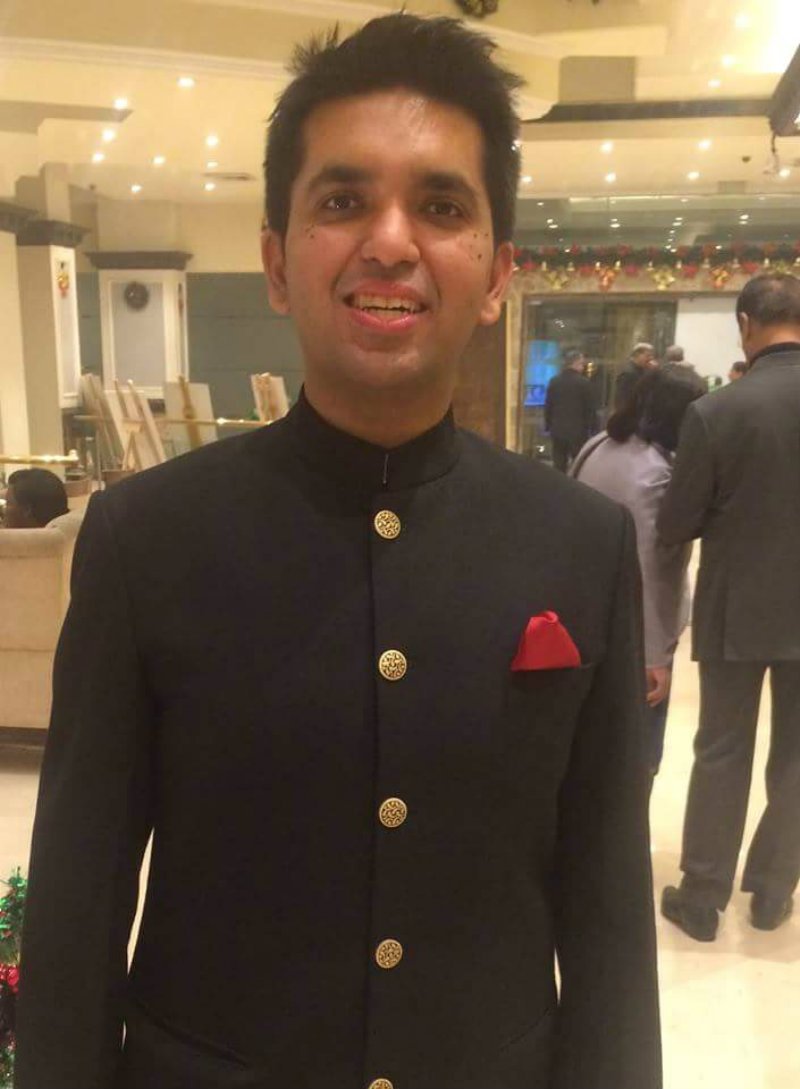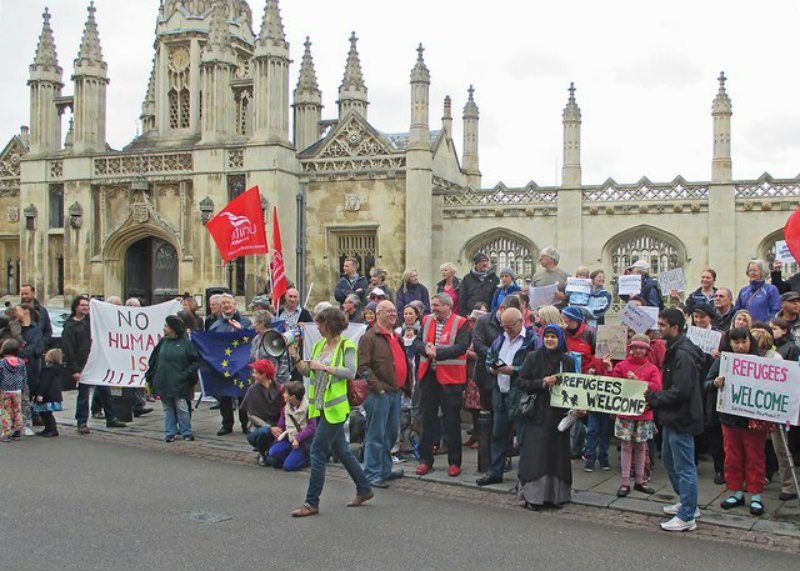Vidur Chopra is examining higher education access for Syrian refugee youths in Lebanon. In an interview, Vidur spoke specifically on the need for humanitarian actors to better ensure that refugee youth can access quality and relevant higher educational opportunities.

Contrary to much of the mainstream treatment of young Syrian refugees, Chopra said that young Syrian refugees refuse to identify themselves as part of a lost generation.

Funding for higher education programs for refugees is rare, leaving adolescents with few avenues for growth. Education is often treated as a luxury in emergency settings; only 2% of all humanitarian aid goes toward its funding, and most of this is marked for primary education.
In 2015, there was a spike in adolescent refugees seeking asylum in Europe, as well as Lebanon, Jordan and Turkey. Recognizing that allowing this age group to stagnate could pose future problems, host countries began offering solutions.
These temporary solutions include: allowing refugees to attend host country universities- but only once they pay their school fees.
Another option growing in popularity is enrolling refugee students in online educational services that do not offer certification for the skills student acquire during their tenure.
These nontraditional, alternative forms of education allow for a pathway for refugee youth, but they do little in ensuring youth can access formally recognized and certified higher education. Meaning the long term impact on the students lives is inherently limited.
Uncertified education-based programs do not open pathways to upwardly mobile, professional opportunities that several refugee youth aspire towards. When refugee youth can only access these alternative programs, their professional opportunities are severely restricted. They can complete a course, but the skill they master is not certified or recognized in the job market.
Youth are well aware that they cannot gain professional mobility without basic qualifications. Jobs that don't require higher education certificates like beauty salon workers, café waiters, and tailors or seamstresses allow youth to contribute to their household income; but these are not dream jobs these adolescents and youth envisioned as careers before the conflict in Syria.

Beyond primary education, there is a staggered approach for funding secondary and higher levels of education for refugees. This staggered approach, where funding falls through or is none existent, fundamentally disrupts a student’s education and ruptures their aspirations.
There needs to be greater attention to all levels of education that enable adolescent and youth to be able to imagine and see a pipeline – that their education is useful, expands their capacities and opportunities and helps them realize their aspirations. Chopra said “It is something that requires global attention and needs to be moved by several actors and go beyond mere intentions.”
Chopra uses the example of a young, former university student he interviewed who received a scholarship from an organization to pursue his education at a university in North America. Vidur spoke of the student restructuring his educational plans, dropping out of his current university in Lebanon in order to use his scholarship winnings and to pursue a better quality education.
According to Chopra, this is an example of how, despite donors best intentions, there can be unintended consequences when funding falls through creating a ‘wait generation’ of refugee youth; a generation that must wait on the decisions of others to determine their futures.
This disruption can be fixed.
Access to better secondary and higher education programs for refugees will be possible when education and aid organizations take committed and consistent action.
Chopra states that students are not interested in programs that offer no returns.
“There needs to be something at the end of the tunnel,” he said. Syrian youth will only be able to rebuild their homeland in productive ways when educational opportunities, universities and secondary schools, are created that offer-recognized degrees and enable the creation of durable pathways that don’t stop midway.